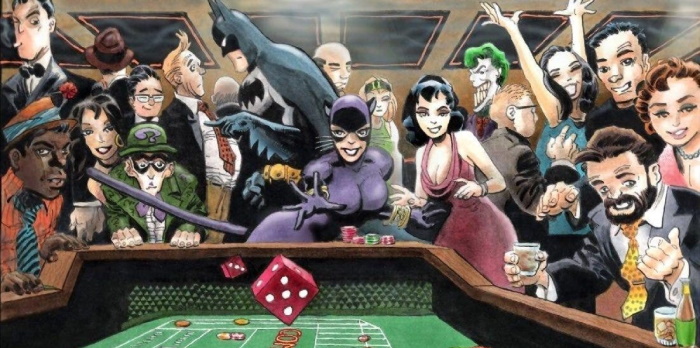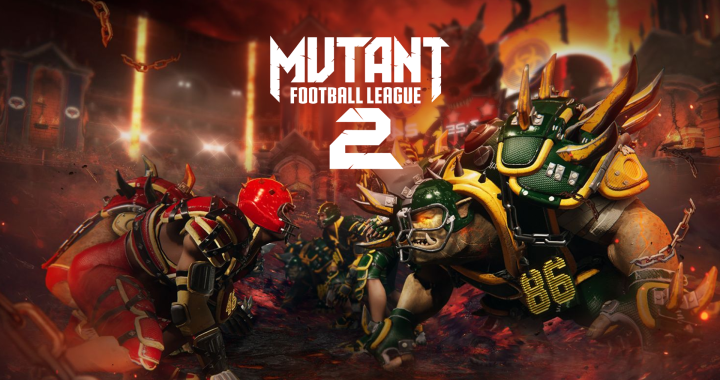
Exploring The World Of Gambling In Comic Characters
Comic books are often seen as an escape from everyday life, whether they take place in far off universes or a heavily altered version of our own, where heroes and villains are everywhere, taking part in monumental battles with superpowers at their disposal.
No matter how different the comics are from reality, though, there are plenty of elements of daily life that they include, whether it’s Spider-Man’s New York or the all-too-human motivations that motivate good guys and bad guys alike, making them relatable characters in spite of their superhuman abilities.
One such example is gambling: whether it’s portrayed as the seedy mob bosses in Batman or the luxurious casinos that Tony Stark frequents, we get to see plenty of betting take place in the comics: here are some of the most famous examples.
X-Men: Gambit
Perhaps one of the most famous gambling heroes in comic books is Gambit, a mutant in the X-Men series who possesses the ability to both create pure kinetic energy and harness it to his will.
Born and raised in New Orleans as Remy LeBeau and a member of the proud Cajun ethnic group, Gambit got his start as a member of the LeBeau Clan Thieves’ Guild, who kidnapped him from the hospital where he was born. As he began to develop his mutant powers, Gambit kept them hidden from his foster family rather than trying to harness them to professional ends. It was on a mission gone wrong during this time that he developed his signature move, using a playing card—true to his gambling persona and New Orleans culture—charged with kinetic energy as a projectile weapon.
Like one might expect from a character who began his life as a thief, Gambit had a lengthy antihero arc, first taken under the wing of the supervillain Mister Sinister, who removed a portion of Gambit’s brainstem in order to help him keep his powers under control.
Conflicting Storylines
That led to Gambit being in Mister Sinister’s debt, forced on a series of mercenary contracts before finally encountering Storm, who brought him into the X-Men fold. Due to his troubled past, many of the other mutants didn’t take to Gambit at first. In spite of that, his daring, always ready to roll the dice personality helped him begin a romantic relationship with Rogue… well before she learned to control her abilities and prevent herself from harming those who touched her.
Unfortunately for Gambit, his romantic streak also spurred his eventual downfall among the X-Men, as Rogue kissed him during a trial set up by Magneto, using her powers to learn of his troubled past. As a result she turned him aside, and the organization cast him out, exiling him to Antarctica.
The nice thing about Marvel Comics—or the bad thing, if you’re a DC fan—is that there are dozens of parallel universes and alternate timelines where the writers retcon pivotal events in order to diverge along another storyline. Fans of Gambit know that things don’t always end in heartbreak for him, as several different comic arcs end up with him and Rogue getting married.
While he may not be a huge name among more casual fans, the Ragin’ Cajun is an excellent bet at New Jersey Online Casinos to become featured in one of the next X-Men movies: a standalone film starring Channing Tatum has been workshopped in the past.
A standalone film is an honor that few X-Men have received. To date, Wolverine is the only mutant to get that kind of screen time, and it’s a testament to Gambit’s popularity that he might end up on the silver screen as the star of his very own film someday.
DC: Two-Face’s Coin
Perhaps the epitome of comic book gambling, it’s hard to be more of a bettor than the tortured Harvey Dent, making life or death decisions based on a coin flip.
Much like Gambit, Harvey Dent is a tragic character, although he started out on the straight and narrow before turning to the world of crime. One of the main characters in Christopher Nolan’s “The Dark Knight,” even the most casual of fans probably have some idea of who Harvey Dent is… although he takes a much different path from upstanding District Attorney of Gotham City to supervillain between the movie and the comics.
In the film, it’s the Joker who spurs Dent’s fall from grace, terribly burning one side of his face in an explosion, hoping to show that even the most moral men can be corrupted. Joker later meets Dent in the hospital, encouraging him to seek revenge on the men who injured him and killed his fiance.
When one turns to the original comics, though, Dent has acid thrown on his face by mob boss Sal Maroni.
No matter how his scarring occurs, the end result is much the same: Dent, now ‘Two-Face,’ turns into a shadow of his former self, desperate for revenge and to show the duality of man, serving as both villain and savior depending on how his coin toss lands. Rather than having a dead lover to avenge, the comic version of Two-Face is shunned from society after his disfigurement, going from the young heartthrob of a District Attorney to a jaded outcast who wants to get back at the men who ruined his life.
Author Profile
Latest entries
 GamingDecember 23, 2025Jili Games 101: What’s So Special & Thematic Titles Intro
GamingDecember 23, 2025Jili Games 101: What’s So Special & Thematic Titles Intro ColumnsJune 19, 2025Unleashing Your Comic Universe: How Writers Can Amplify Their Reach on Social Media
ColumnsJune 19, 2025Unleashing Your Comic Universe: How Writers Can Amplify Their Reach on Social Media ColumnsMay 1, 2025Winning Strategies: Maximizing Your Success with Real Money Pokies
ColumnsMay 1, 2025Winning Strategies: Maximizing Your Success with Real Money Pokies GamingApril 11, 2025Is Marvel Rivals the Hero Shooter We’ve Been Waiting For?
GamingApril 11, 2025Is Marvel Rivals the Hero Shooter We’ve Been Waiting For?










